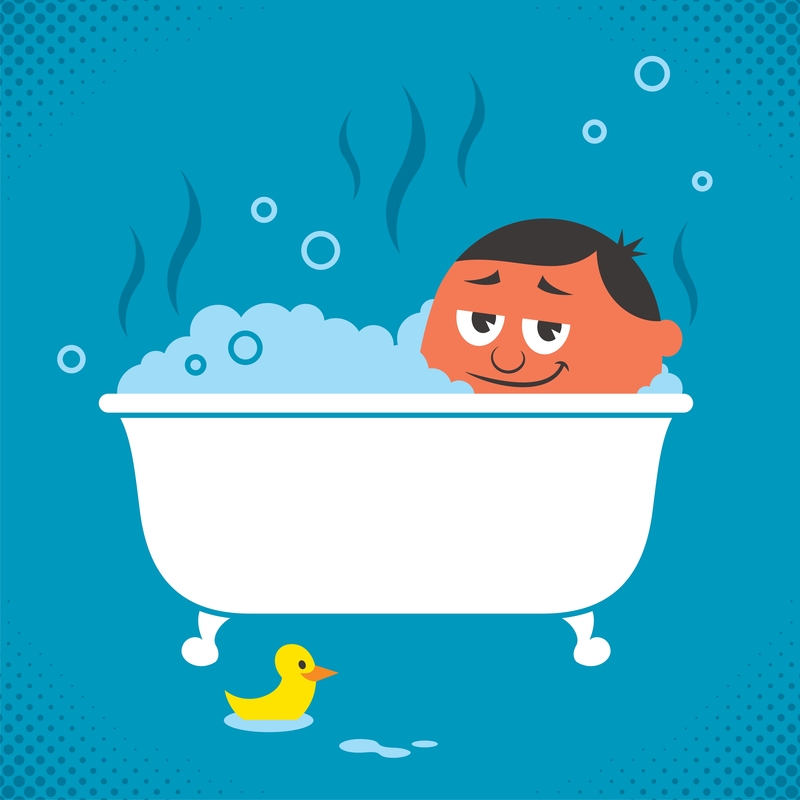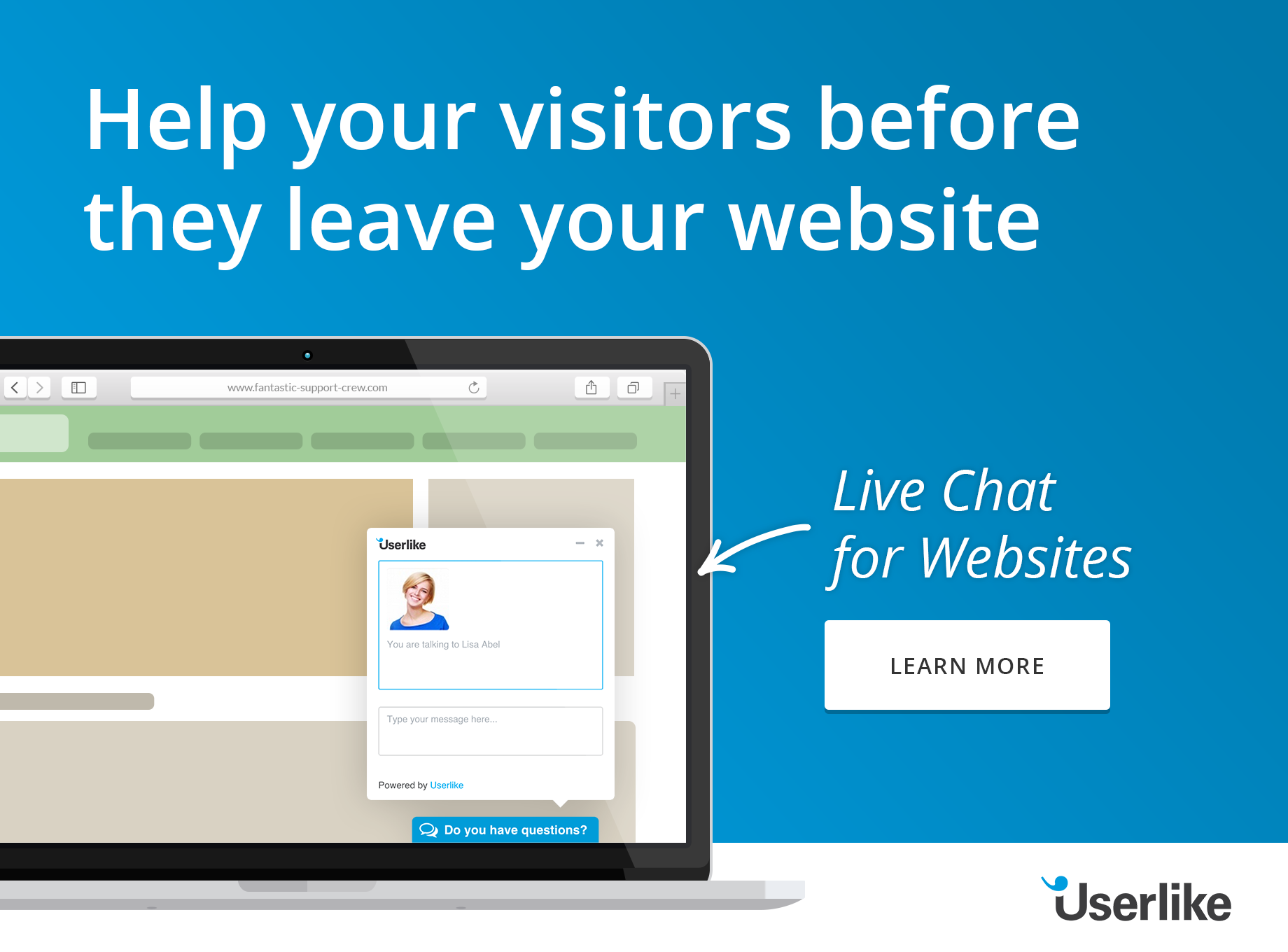
The Comprehensive Guide to Successful Customer Rewarding
Many of us think about customer relations the same way we perceive romantic relationships. We picture customer engagement with “dating the customer”, we do our best to “grab their hearts” and our dream is that our business becomes their “love brand”.

The problem is that, unlike devoted fiancés, customers live in a polygamous market where loyalty to one single brand is hard to nail. However, customer loyalty is still one of those things every eCommerce manager aims for. Sending out personal love notes or giving away exclusive information are some of their techniques, oftentimes fruitless.
Today we explore the topic of rewarding customers and how gifts can be used to fulfil certain business goals, such as making your customers fall in love with you.
Why Offer Prizes and Rewards to Customers?
Pavlov showed the world the power of incentives. He offered a cookie to his dog when showing a certain behaviour, and as a result the doggie did it again and again…

Such is basically the logic underlying the practice of offering gifts to our loving customers. Some of the visible results of an effective rewarding campaign are:
1) Awareness among potential customers
2) Increase customer loyalty
3) Increase customer lifetime value
4) Improve customer satisfaction
Yet not all prizes are created equal...
Which Prizes Should You Offer?
The impact of a prize or reward offered depends on the perception customers have from its direct benefit. It is therefore very important to understand what your target considers useful, necessary, desirable, etc. There is no single formula to evaluate which rewards will work better for you, if any. To decide what is right for your business, go through these five mental steps:
1) Define your goals (could be getting more signups, increase overall revenues or simply collect more leads)
2) Establish a timeframe to measure results from your rewards campaign
3) Select the target audience you wish to tackle
4) Observe their interactions with your competitors and similar online businesses (don’t forget to take a peek over social media channels and public forums)
5) Assess your target response to different prizes (consider taking a sample to whom you survey about how they feel and react to different offers)

There exists a wide variety of goodies that online stores offer to their clients. Before going in detail over some examples of rewards you can allocate, it’s important to remind you that what works for one business might be a flaw for another. Benchmarking others’ actions is important but in the end you will have to define your own set.
I. Vouchers
A voucher is a document you offer your clients that equals a value transaction which can be redeemed in the future. Offering vouchers is a great way to create awareness among current customers who have previously bought from you and see it as an opportunity to get your products at a discount price. Also, an excellent opportunity for new ones to try it out. Many vouchers will never be redeemed, but do serve their marketing purpose. One reason for vouchers to be so popular among businesses is that when they actually are redeemed, they bring with them additional sales from other products.
There are a number of platforms that display business vouchers on which you can see your offer published to new customers.
One of these platforms is Money Saving Experts , where we found a great example of a voucher prize for shopping at Asda:

II. Personal Rewards
If there is one thing that makes someone truly loyal it is a personal reward, a unique valuable gesture. Of course, when your customer base grows this becomes more difficult to keep up.
When @ThomasMarzano tweeted about the great hotel bed and bathroom that he got at a Four Seasons Hotel , he was surprised to find, the next day, a bottle of bath salt with a handwritten thank you note in his room.

The direct impact from offering a simple bath salt was enormous, as Thomas is a valuable influencer and his network reach is impressive, and the costs are minimal. It’s not possible to offer extra bath salts to every single customer, so take an effort in finding your most valuable individuals and surprise them personally.

III. Trials
According to Sixteen Ventures offering free trials of your product for a certain period is an intelligent solution to reduce the cost of of customer acquisition, reduce sales cycle and even help you convert customers at a higher Average Selling Price.
From the customer point of view, trying out a product before buying allows them to get to know, learn and gain trust in its effectiveness. In other words, they can fall in love with your product before buying, increasing your odds of selling after the trial period is over.
IV. Freebies
There is no better thing than being able to offer free stuff. Even when people absolutely don’t need it they will most likely want it. Just think about the queues people line up to during festivals only to receive a branded cheap t-shirt or a cheesy hat.

Freebies might come as free products (directly or indirectly related to your business) or extensions of your service like perks. Free stuff attracts people into your website while perks give them extra motivation for conversion. Moz “hooks” customers with an incredible set of Perks its users can access. Apart from showing credibility to its business, it's an excellent way to stand out from competition.

There is another category of freebies important to mention and it's related to content marketing. Offering ebooks, whitepapers and other digital content is a common way to capture leads and signups. To be successful you need to produce content that gives a clear benefit to your visitors and spikes their curiosity high enough to hand you their data.
V. Free Shipping
In eCommerce free shipping is an everyday status. Free shipping usually comes when visitors reach a certain value in their cart or buy during a specific period.

What about offering free shipping as a random act of kindness to newbies? This might be something surprising for someone buying a low value product and have high impact in that person’s future loyalty. It’s important to measure “how far” can you go with this considering Customer Lifetime Value and inherent investment you are making in that person, but who knows, might work for you.
VI. Early Access
Early adopters are usually seen as the most valuable customer base, especially for startups. For these early adopters, and not only, there is a type of reward you might be interested in developing - the early access feature.

There is a wide number of things you can offer early access to: your product, special features or even different things like early access to sales and promotions. Through early access you give your customers a special status, making them feel as "the Chosen Ones", thereby raising the odds of them acting as Brand Advocates. Furthermore, Early Access is a good way to get Buzz going around your product.
VII. Reward Programs
This type of rewards became highly popular when airlines introduced their famous Frequent Flyer programs. Basically, these are loyalty programs that lock customers in exchange for free trips or high discounts when booking new flights.
Nowadays, for any sized business there exists a wide number of options to implement your reward programs with varying goals. If you are interested in creating a gamified points concept to increase sales we recommend you taking a look at these Successful Examples .
One interesting application of rewards programs is the Partner Program . This is a system through which you can reward, in different ways, those who recommend your service to their friends, family or followers.
Final Considerations
We’ve shown you different tools to reward your customers in order to make them more loyal and buy more from you. There are three final considerations which are worth a thought before implementing your reward strategy:
Beware of Freebie Riders
Yes, we are talking about those who are not and never will be interested in your product but are only here for the goodies. If what you are offering has an extra cost or represents an investment from your side then these people can represent a serious problem.
The best way to reduce the number of freebie riders is by matching your rewards with the interests of your specific target. If you offer something that is totally irrelevant for those who are not in this group they will less likely claim it.
Beware of Rewarding Surveys
Previously we have mentioned the importance of defining goals for each rewarding campaign. When you are rewarding customers for answering a survey, lets say satisfaction survey, the reward itself might be harming the goal of obtaining honest, unbiased answers.
Keep an eye on the cost-benefit ratio
It’s very important to be rational when it comes to giving away things. It might make your customers super happy, it might take you to the stars in attracting new visitors but if the costs of the campaign are higher than what you're getting from it, don't do it.
Are there any other reward strategies you would like to share with us? Just comment on the section below.
About Userlike
Userlike is live chat software for websites, allowing companies to chat with their (potential) customers directly over the website. Look here for more information.


